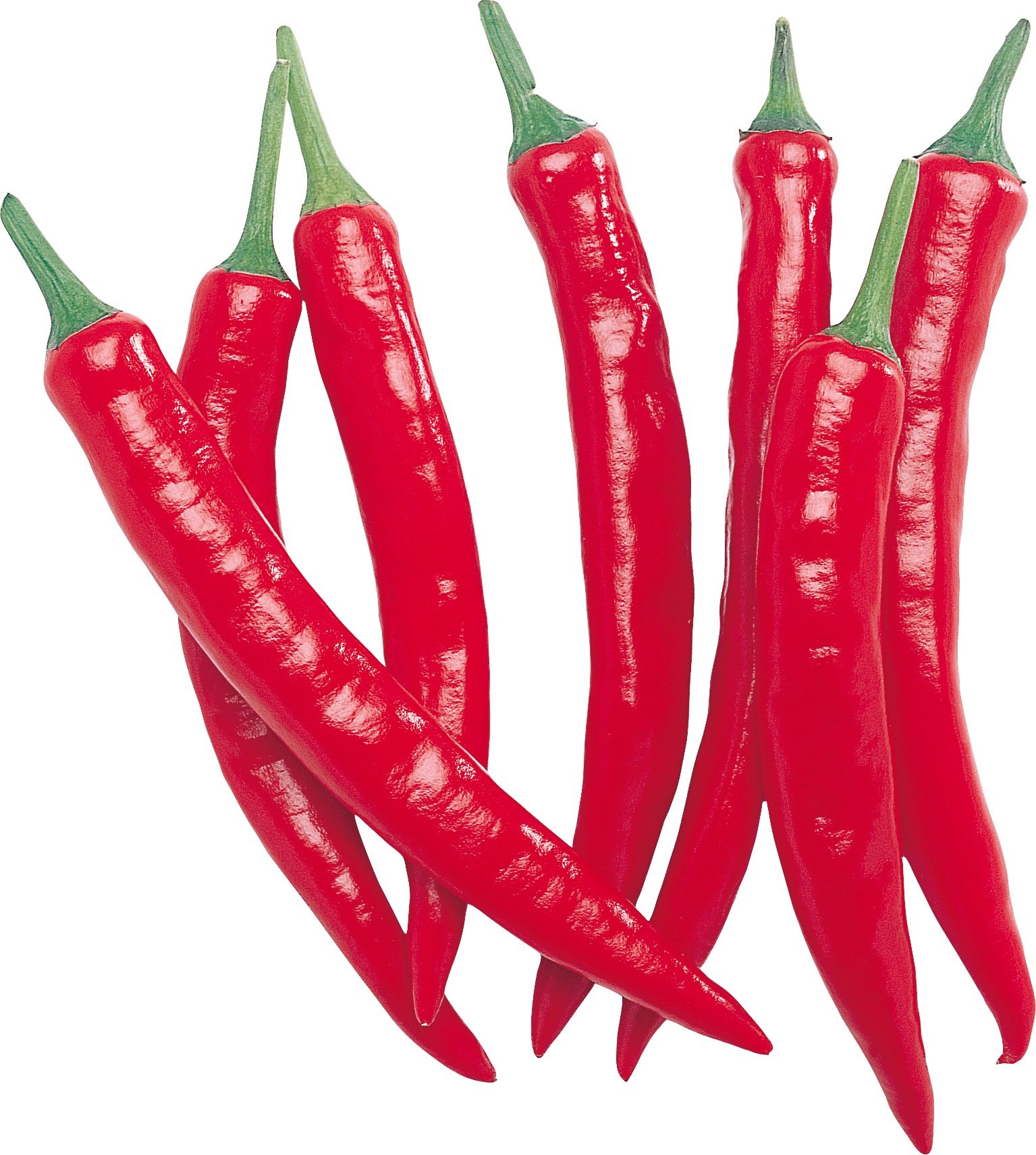
What is the Scoville scale
The Scoville Scale is a measurement used to quantify the spiciness or heat of chili peppers and other spicy foods. It's named after its creator, Wilbur Scoville, an American pharmacist who developed the scale in 1912. The scale measures the concentration of capsaicin, the compound responsible for the sensation of heat in chili peppers.
The Scoville Scale is based on the Scoville Heat Units (SHUs), which indicate the amount of capsaicin present in a pepper or spicy food. The higher the SHU value, the hotter and spicier the pepper is perceived to be.
Here are a few examples of popular chili peppers and their approximate Scoville Heat Unit ranges to give you an idea of the scale:
Bell Pepper: 0 SHUs (not spicy at all)
Poblano Pepper: 1,000 - 2,000 SHUs (mild)
Jalapeño Pepper: 2,500 - 8,000 SHUs (moderate)
Serrano Pepper: 10,000 - 23,000 SHUs (hot)
Habanero Pepper: 100,000 - 350,000 SHUs (very hot)
Carolina Reaper (currently one of the hottest peppers): 1,400,000 - 2,200,000 SHUs (extremely hot)
The Scoville Scale has evolved over the years, and the measurement process has become more scientific and accurate. In modern times, high-performance liquid chromatography (HPLC) is often used to directly measure the concentration of capsaicinoids in peppers, providing a more precise and consistent way to determine their spiciness.
Keep in mind that individual tolerance to spiciness varies, so what might be incredibly spicy for one person could be tolerable for another. When using the Scoville Scale, it's important to remember that it's a general guideline and not an absolute measure of how spicy a pepper will taste to you.
